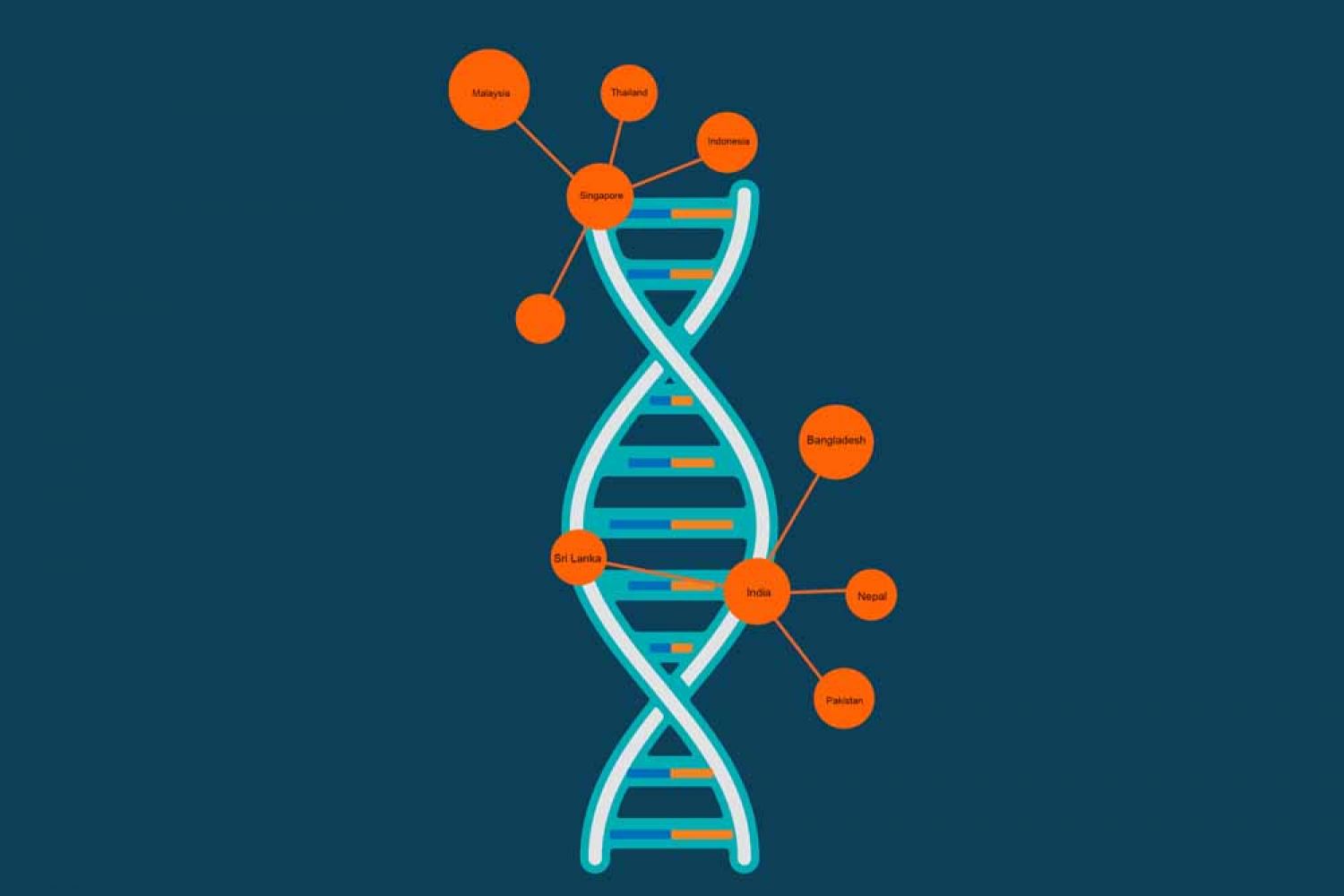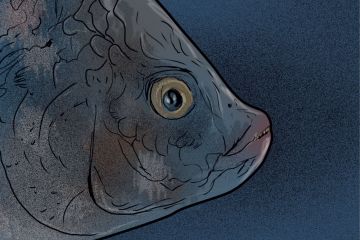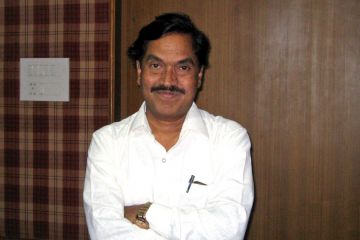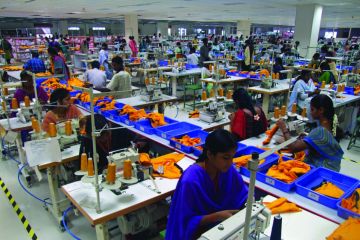
As the microprocessor
revolution was sweeping Silicon Valley in the Seventies, and tech giants Apple
and Microsoft came into being, a silent revolution was gathering steam in the
world of molecular biology. In 1976 a team of researchers in Harvard, led by
future Nobel winner Martin Gilbert, was inaugurating the genomic era with a
project that sought to develop a dependable method to sequence DNA. A continent
away, at the University of Cambridge, another team headed by Frederick Sanger
was





